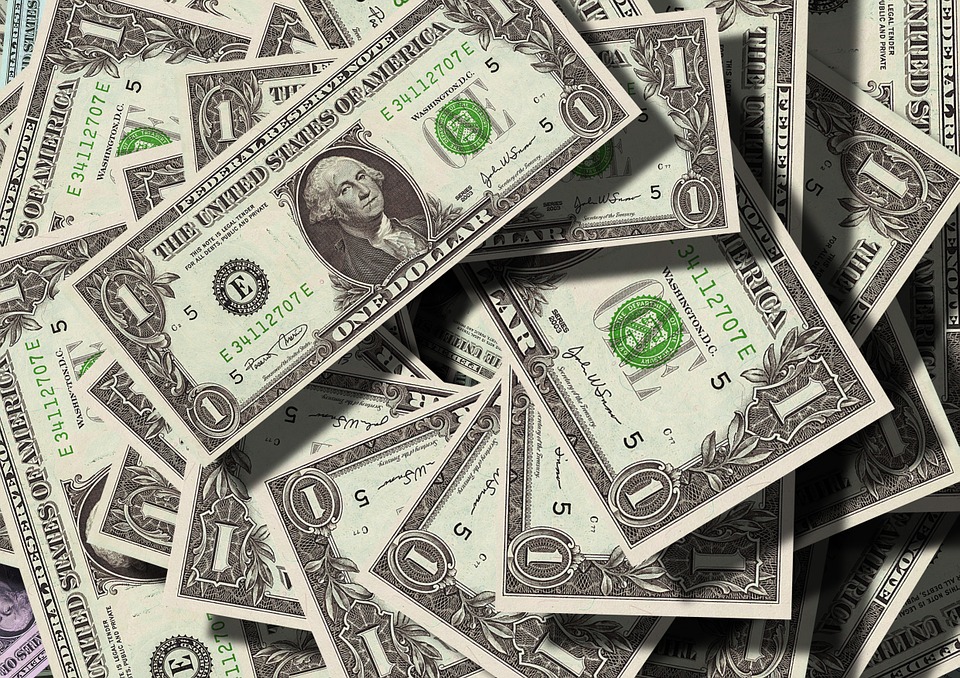
Everybody loves saving money, and this is particularly true when it comes to buying print supplies. Ink and toner cartridges are notoriously expensive due to the nature of the print market (selling printers for a low cost, then recouping those losses with expensive disposable cartridges). On top of that, you’ve got to buy paper and pay additional fees for supplies to be delivered. That may not seem like a big deal, but it adds up very quickly, especially if you run a business that puts out a steady volume of print work. Whether you’re buying print supplies for use at home or for an office that you manage, you may have reached a point where you realize you need to cut back on costs. While the prospect of changing how your company does business may sound daunting to some people, it can actually be quite easy to save on printing costs without making any significant changes to your day-to-day operations. Read on to learn how you or your business can reduce costs without significantly impacting your regular lifestyle or workstyle.
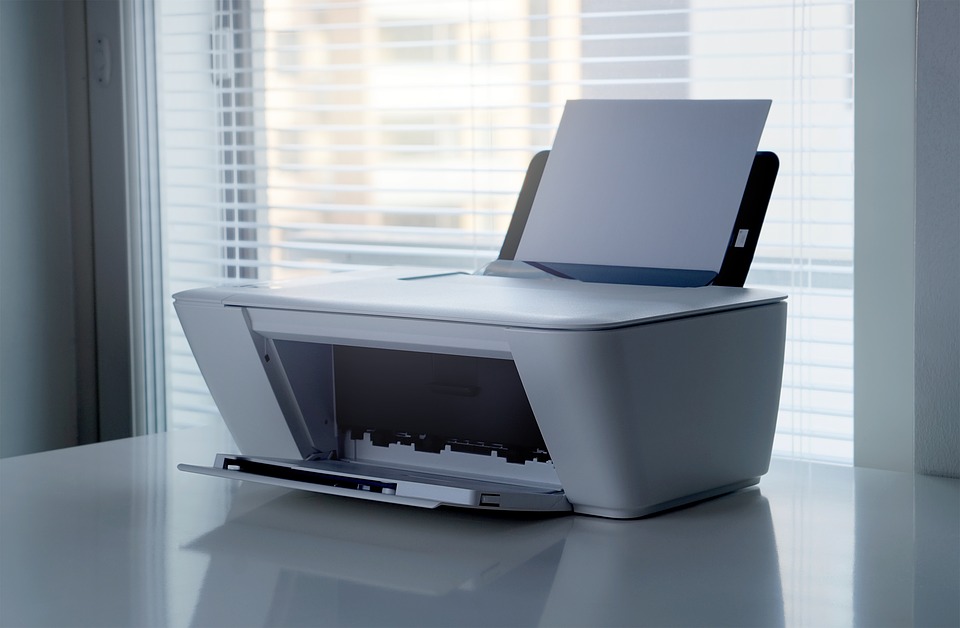
1. Get a Newer Printer
It may sound strange to suggest that you can save money on printing by paying for a brand new printer, but it’s generally true. Newer printer models are designed to be more energy efficient as well as more efficient in how they apply ink or toner to each page. While the average laser printer uses roughly two cents’ worth of toner per printed page ($0.02), many newer models cost considerably less. Some cutting-edge printers emerging on the market are expected to cost as low as $0.003 per page! Counting fractions of a cent may seem extreme, but when you factor in how much it costs to fuel an entire office’s print load, those savings add up quickly!
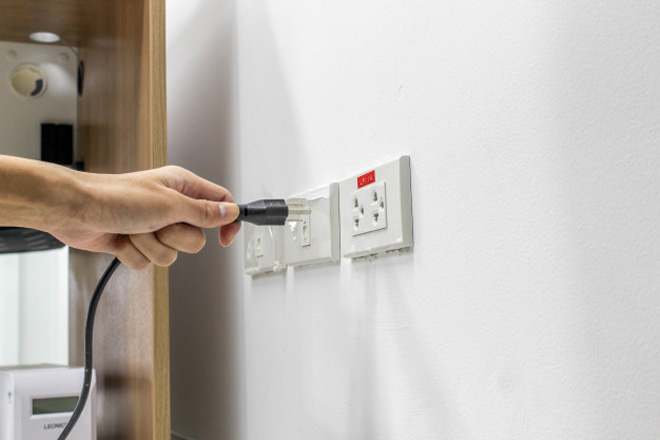
2. Keep Appliances Unplugged
Another easy way to save money is by unplugging your printer when it’s not in use. No matter what type of printer you have, it’s very likely running up your utility bill every month, even when you’re not using it. Many newer printer models have energy-saving features, but even these may be wasting some energy while sitting unused. According to some estimates, the average laser printer wastes over $23 each year by remaining plugged in 24/7. While $23/year may not seem like a huge money pit for some consumers, that number grows significantly if you own multiple printers (like any office typically would). If your office has five printers left plugged in around the clock, you could be wasting over $100 annually!
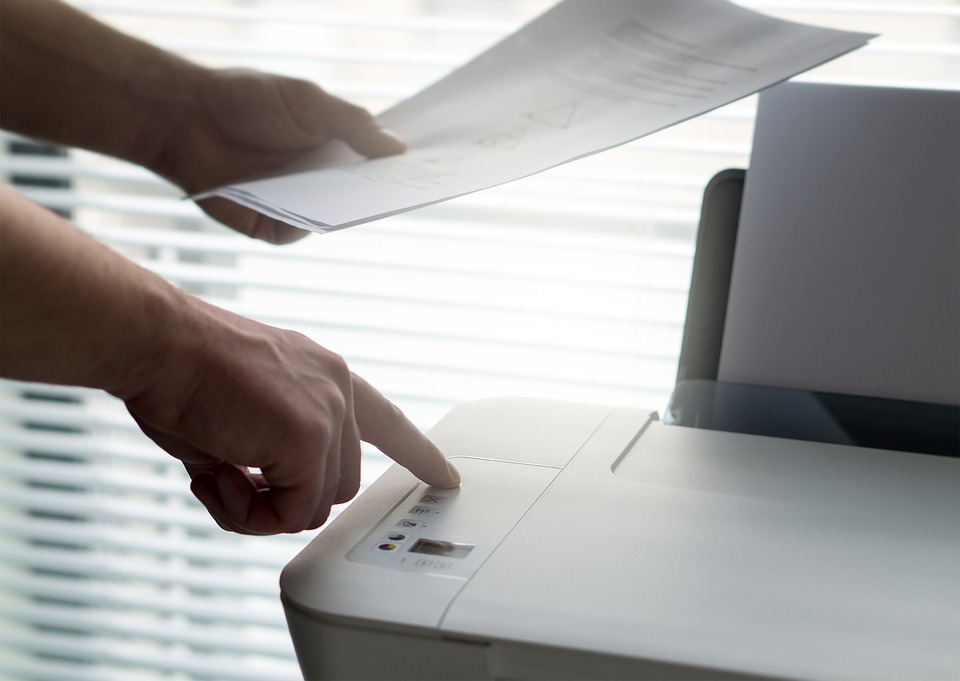
3. Change Your Printer Settings
If you’re printing an official document that will be submitted to a supervisor, a client, or to some government entity, you want your work to look as professional as possible. However, if you’re just printing out a draft of a document that’s still in progress, an internal memo, or something for your own use (like a shopping list), you can get away with having lower-quality print work.
When the appearance of your printed pages doesn’t particularly matter, use draft mode (also called draft quality or draft view). This setting was designed so that consumers could have a test print of their final document, allowing you to make any necessary changes (like adjusting the margins, correcting typos, etc.) before printing out the “good” version of their final document. Draft mode prints in a slightly lighter tone with thinner typeface, allowing you to reduce the quantity of ink or toner used per page. Some older printer models feature a “draft mode” button, but you can also print in draft mode through Microsoft Word by navigating through the “View” tab and clicking “Draft.”
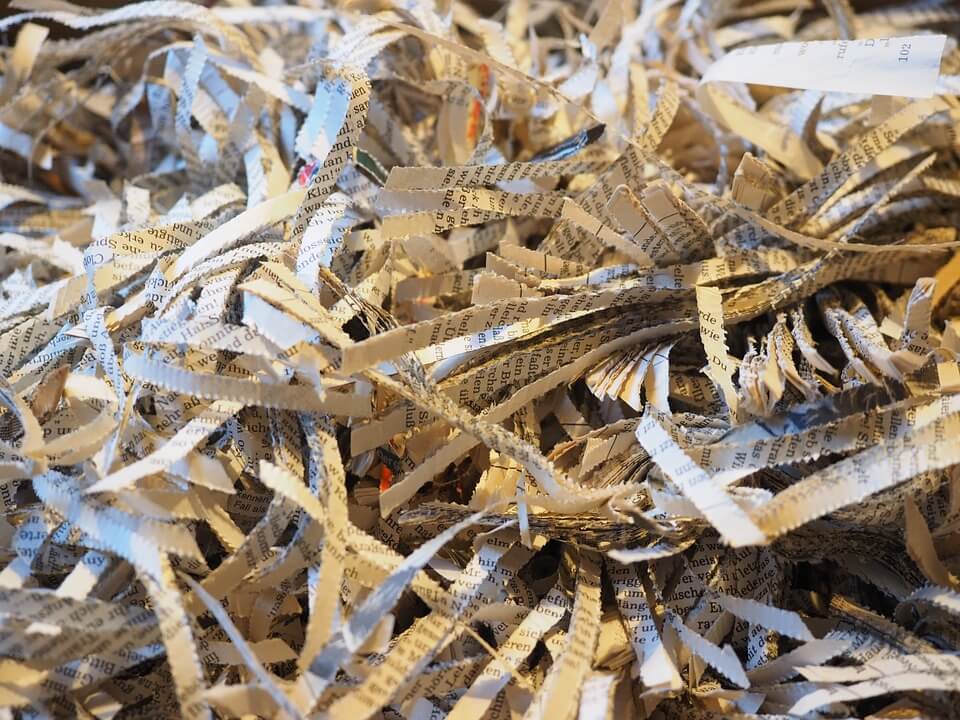
4. Save on Paper
Paper isn’t cheap, especially if you use thicker formats (midweight/heavyweight stock are often used for copy machines and standard printers). Add up the cost of paper across an entire office and you’ll see that it can get quite expensive. While most offices can’t realistically go paperless, there are ways to be more mindful of how efficiently you print your documents/images.
If you’ve ever printed a spreadsheet from Excel, you may have noticed that some columns that look like they should fit on your primary page get pushed onto a second page. This makes your work look shoddy, and it makes it difficult for readers to quickly take in the content of your work. When you’re ready to print a document, select the “shrink to fit” option from your pop-up print properties menu. This reduces waste by condensing a document, table/graph, or image to fit on a single sheet of paper.
You can also adjust the size and layout of your text to make a typed document fit onto a single page. If you need multiple pages to fit your entire report, that’s fine. However, everyone has had an experience at some point where the last page of a document only contains one or two lines – perhaps even just one or two words! By turning your font size down just one or two points, you may be able to condense your work for more efficient printing. Consider taking out extra line breaks between paragraphs as well, or adjusting the automatic spacing that Word inserts between lines.
If you’re printing out PowerPoint slides from a presentation or a class, you don’t need an entire page for each slide. Choose the print setup option that lets you fit multiple slides onto each page so that you aren’t wasting paper trying to print 35 slides across 35 pages.
Limit the overall use of your printer as much as you can. You can proofread your documents on the screen before you print them out. Or, if you’re just printing out something short and simple, try writing it down on an adhesive note or in a small pocket notebook instead of using an entire sheet of paper. You can also try to implement digital options like PDF readers and wireless tablets to limit how much you and/or your office use the printer.
Lastly, if your printer has a duplex option for double-sided printing, make that option your default setting. Depending on your line of work, you may encounter some editors who insist on having single-sided pages for a final manuscript or report. However, for most home and office print applications, switching to double-sided printing is a feasible way to significantly reduce your paper consumption, which is good for the environment as well as your budget.

5. Avoid Printing in Color
Another simple settings solution that will save some cash is to switch to monochrome/black-and-white printing instead of using color ink or toner. Color ink is typically more expensive than black ink, and while you may need vivid color images for various presentations or projects, you can get by with black-and-white print outs of news articles, draft copies of a work-in-progress, and any number of other documents.
Some specialists recommend going a step further. Instead of using just one color-capable printer for all your print work, you could have one designated color printer and one low-cost monochrome laser printer that only prints in black and white. Toner cartridges are significantly more efficient than ink cartridges. While the average ink cartridge can print anywhere from 150 to 500 pages, most toner cartridges can print thousands of pages before they need to be replaced! If you tend to go through ink too quickly, consider investing in a monochrome laser printer and stocking it with cost-effective black toner for all your day-to-day print projects. Yes, it seems like a large initial investment, but you’ll reduce your color printing as well as your overall ink use, which can add up to big savings over the course of a year.
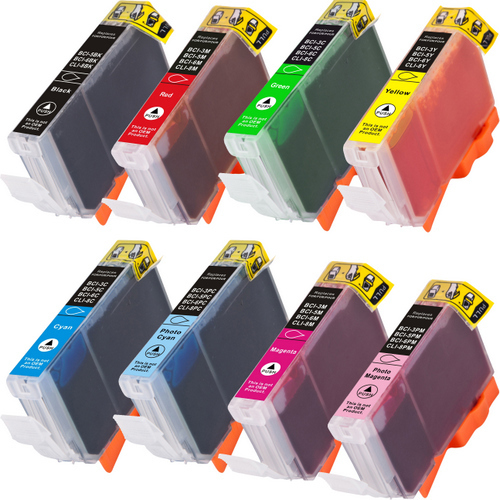
6. Switch to Compatible and Remanufactured Replacement Ink/Toner
Original equipment manufacturer (OEM) ink and toner cartridges, which are the products made by printer companies like Canon and Dell, typically charge a higher price for their cartridges. They often claim that these costs reflect a higher caliber of print work than compatible and remanufactured replacement ink/toner provide, and while this is somewhat true if you’re printing professional photographs for publication, most day-to-day print projects don’t need expensive print work. In fact, studies conducted by the Rochester Institute of Technology (RIT) have concluded that reputable third-party cartridges (remanufactured/compatible) typically perform just as well as OEM products, with some third-party products actually outperforming the OEM version! Third-party cartridges also tend to contain more ink than OEM cartridges, printing up to 70% more pages than OEM products while still costing a fraction of the OEM price!
You can always feel confident buying compatible and remanufactured replacement ink/toner cartridges from 1ink.com. We use premium materials, our remanufactured cartridges are reengineered in American factories, our technicians perform the same post-manufacturing print tests that OEM products go through, and we back each purchase with a full year warranty. Our products match the highest industry standards of performance and print quality set by OEM cartridges, and most of our cartridges cost between 30% and 70% LESS than the OEM version. That means that if you're currently spending around $100 each year on ink for your home printer, you could lower your costs to just $30/year! If you manage a large office and you're currently spending $1,000 each year on toner, you could drop your office's print expenses down to $300/year and still get the same print results! On top of all that, 1ink.com offers FREE SHIPPING on orders over $55! Our family-owned business has been in operation since 2000. With nearly two decades of experience and expertise, we’re more than qualified to help you find the ink and toner you need at a price that fits your budget.
